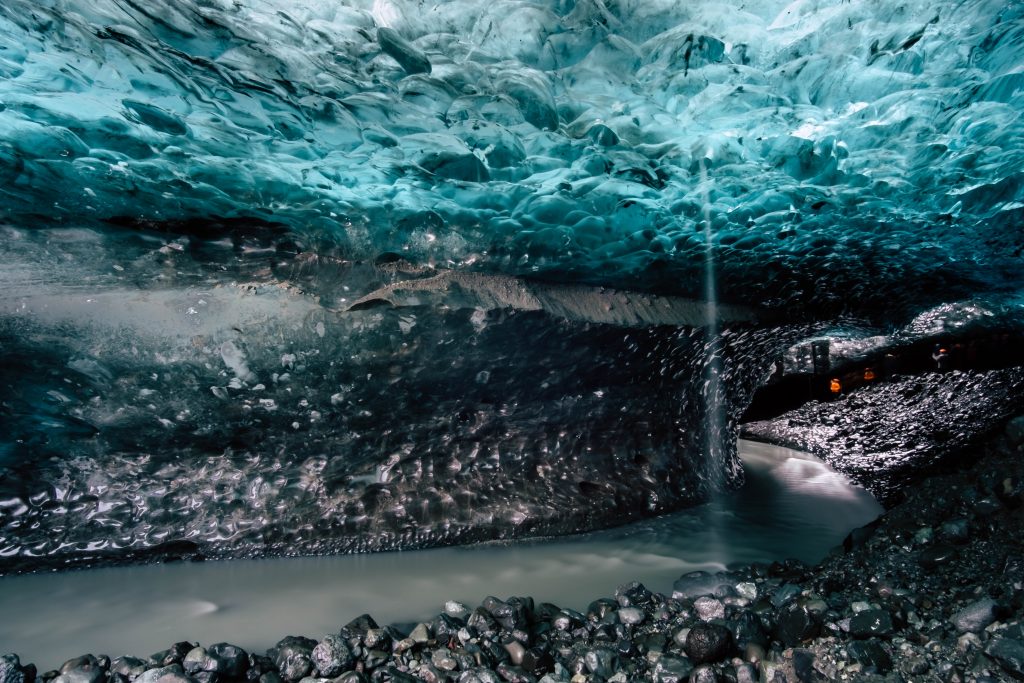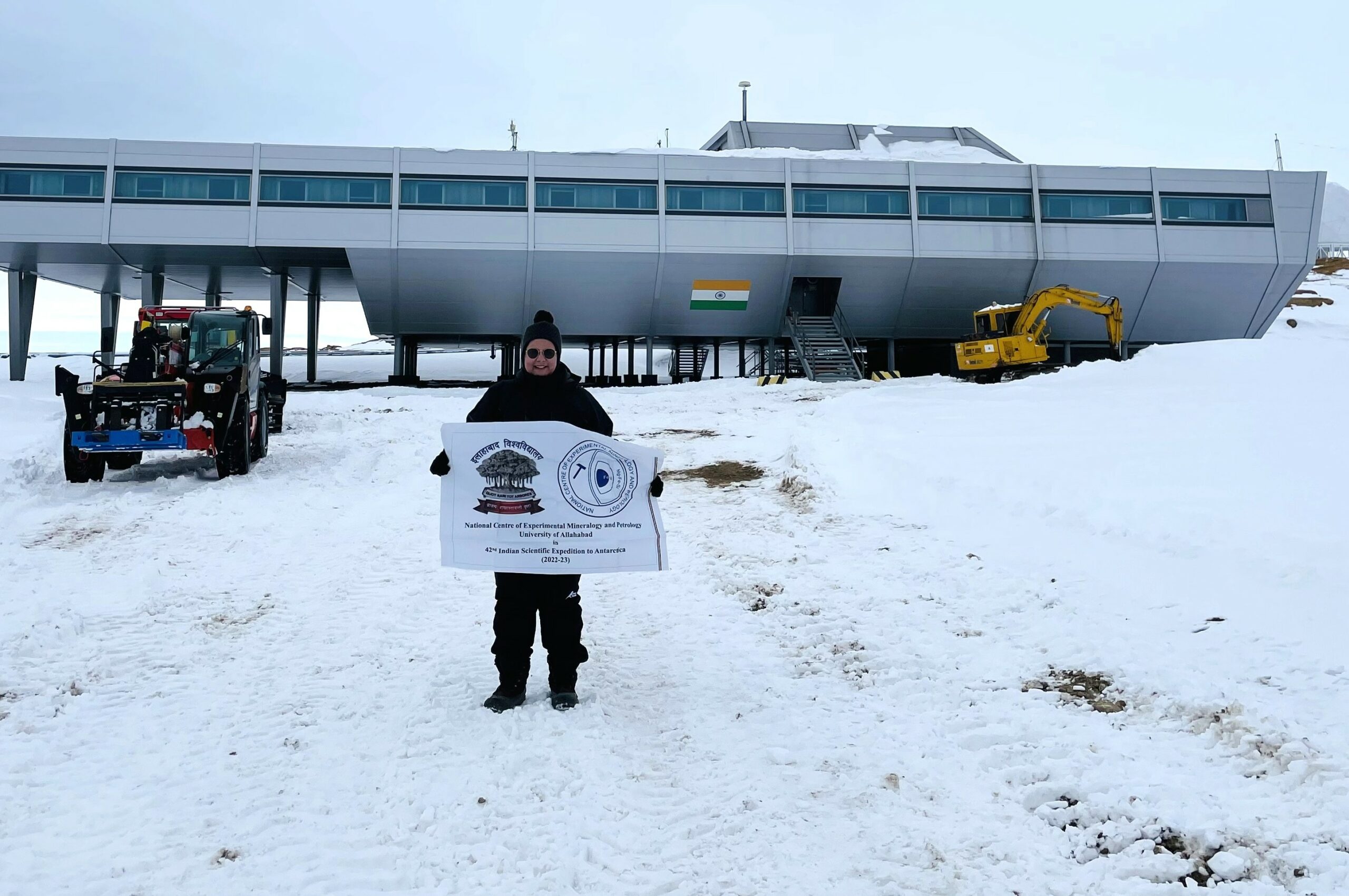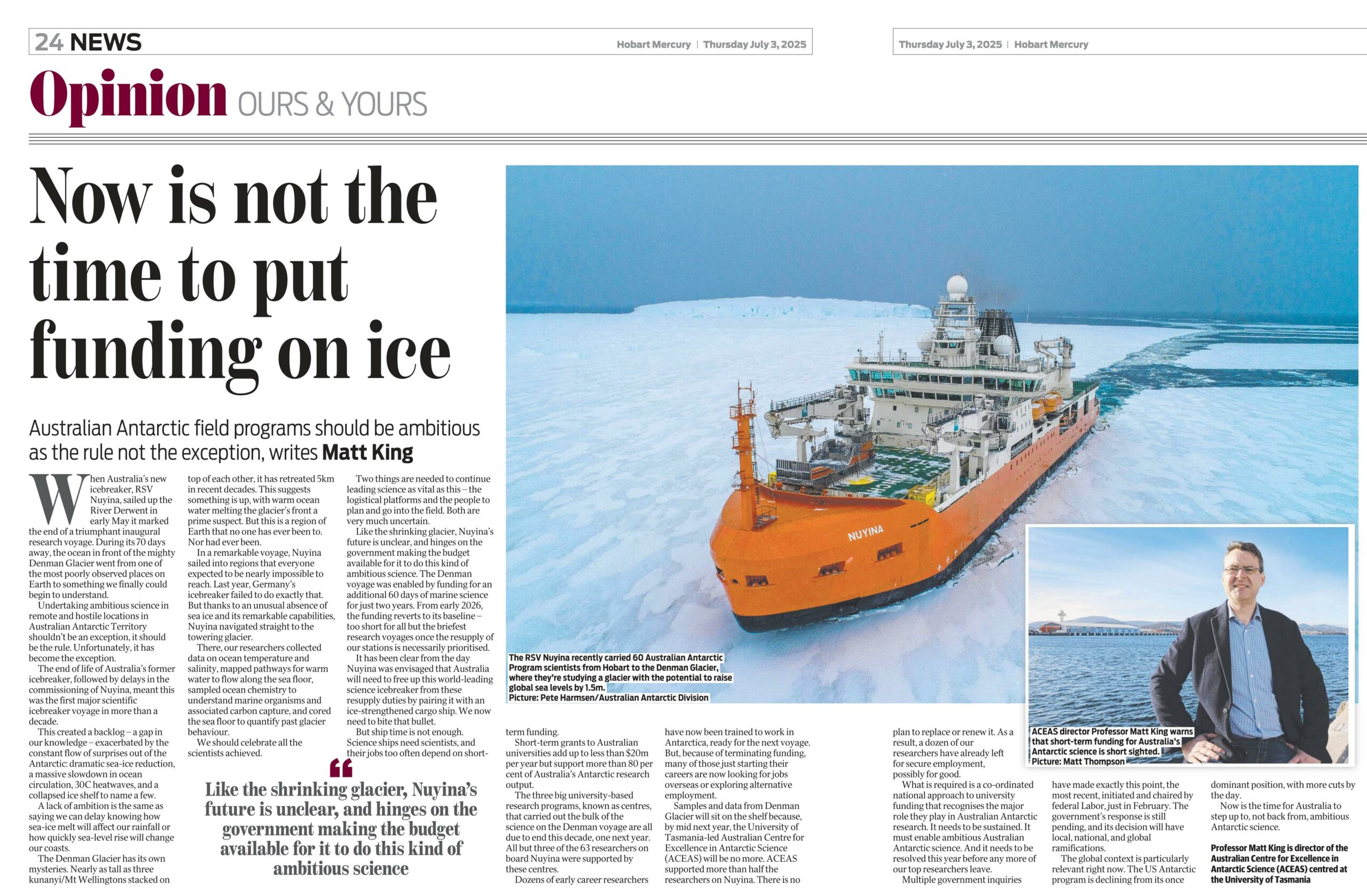What lies beneath Antarctica could destabilise icesheet

A new study suggests rising global temperatures could trigger vulnerabilities in the bedrock beneath the Earth’s largest ice sheet in Antarctica and cause rapid sea level rise.
The sedimentary basins that lie beneath Antarctica are fundamental to ice sheet flow, but until now were poorly understood.
Co-author of the study Dr Alan Aitken is based at the ARC Australian Centre for Excellence in Antarctic Science (ACEAS) at the University of Western Australia (UWA). He said with rapid ice sheet retreat, sedimentary basins release water at a high rate and may cause ice sheet flow to accelerate.
“The impact of subglacial water for accelerating ice flow into the ocean is potentially catastrophic, if current levels of warming continue unabated,” Dr Aitken said.
The study shows that Antarctica’s most sensitive catchments—including Thwaites and Pine Island Glaciers—have an abundance of sedimentary rocks sitting upstream.
“These sedimentary basins are fundamental to ice sheet dynamics, in particular the capacity of the ice sheet to slide on its bed, but until this study they were poorly known,” Dr Aitken said.
Lead author of the study Mr Lu Li is a PhD student at UWA’s School of Earth Sciences. He said the study used machine-learning to map, for the first time, where sedimentary basins exist beneath Antarctica. The results show that Antarctica has many basins inland, providing the sediment and water needed to fuel dynamic ice flow.
“The ice sheet influences the groundwater system like a syringe and sedimentary basins store water like a sponge,” Mr Li said.
“When the ice sheet grows, it ‘pushes’ water into the sedimentary basins. Conversely, when overlying ice mass is lost, water is released. We show that faster retreating ice sheets release water more quickly, which can lubricate the base of the ice sheet causing the ice to accelerate,” he said.
“Faster flow leads to accelerating dynamic ice mass loss and sea level rise.”
Rising carbon emissions will cause a long-lasting influence on global temperatures, with sea levels continuing to rise for hundreds to thousands of years.
Dr Aitken said other studies already indicate that many coastal regions of Antarctica are rapidly and significantly changing as global temperatures warm.
“These changes may spread inland in the decades to come, perhaps triggering the instabilities identified in this study,” he said.
PAPER
Lu Li, Alan R.A. Aitken, Mark D. Lindsay, Bernd Kulessa. (2022). ‘Sedimentary basins reduce stability of Antarctic ice streams through groundwater feedbacks’. Nature Geoscience. DOI: 10.1038/s41561-022-00992-5


